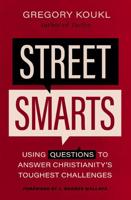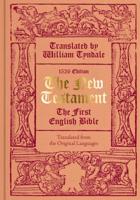Publisher's Synopsis
Excerpt: A most distinctive class of ancient Irish literature, and probably the class that is least popularly familiar, is the hagiographical. It is, the present writer ventures to submit, as valuable as it is distinctive and as well worthy of study as it is neglected. While annals, tales and poetry have found editors the Lives of Irish Saints have remained largely a mine unworked. Into the causes of this strange neglect it is not the purpose of the present introduction to enter. Suffice it to glance in passing at one of the reasons which has been alleged in explanation, scil.: -that the "Lives" are uncritical and romantic, that they abound in wild legends, chronological impossibilities and all sorts of incredible stories, and, finally, that miracles are multiplied till the miraculous becomes the ordinary, and that marvels are magnified till the narrative borders on the ludicrous. The Saint as he is sketched is sometimes a positively repulsive being-arrogant, venomous, and cruel; he demands two eyes or more for one, and, pucklike, fairly revels in mischief! As painted he is in fact more a pagan deity than a Christian man. The foregoing charges may, or must, be admitted partially or in full, but such admission implies no denial of the historical value of the Lives. All archaic literature, be it remembered, is in a greater or less degree uncritical, and it must be read in the light of the writer's times and surroundings. That imagination should sometimes run riot and the pen be carried beyond the boundary line of the strictly literal is perhaps nothing much to be marvelled at in the case of the supernatural minded Celt with religion for his theme. Did the scribe believe what he wrote when he recounted the multiplied marvels of his holy patron's life? Doubtless he did-and why not! To the unsophisticated monastic and mediaeval mind, as to the mind of primitive man, the marvellous and supernatural is almost as real and near as the commonplace and natural. If anyone doubts this let him study the mind of the modern Irish peasant; let him get beneath its surface and inside its guardian ring of shrinking reserve; there he will find the same material exactly as composed the mind of the tenth century biographers of Declan and Mochuda. Dreamers and visionaries were of as frequent occurrence in Erin of ages ago as they are to-day.









